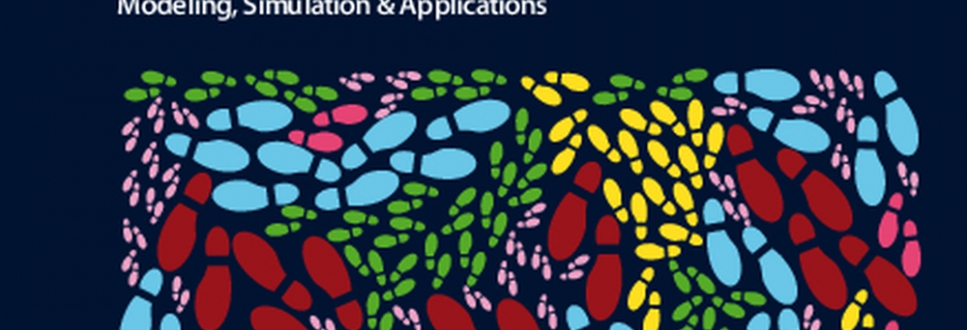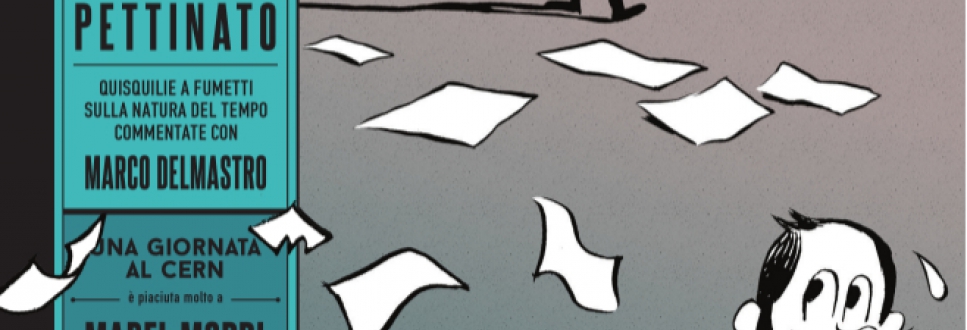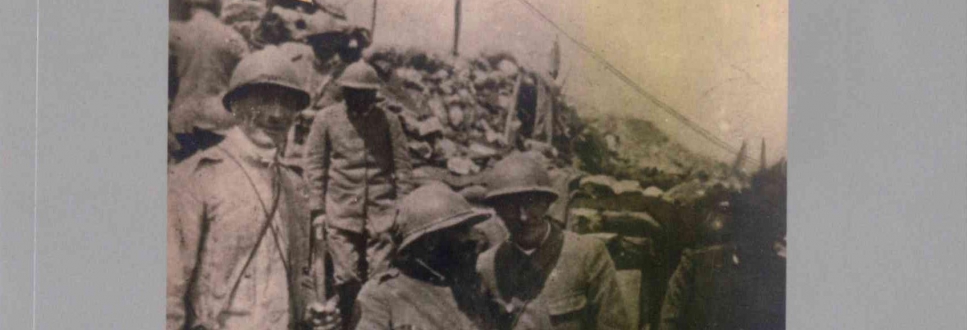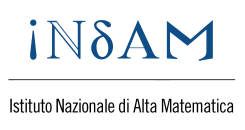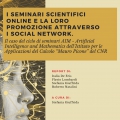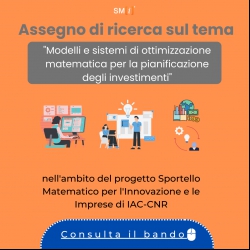
Seminario MoMA, 26 ottobre 2012
2012-10-26
Seminari MoMA, Venerdi' 26 ottobre, ore 12-14, aula Consiglio, Adriano Barra, Collective phenomena in immune systems
Seminari MoMA
Venerdi' 26 ottobre, ore 12-14, aula Consiglio
Dip. di Matematica, Univ. Roma Sapienza
Adriano Barra
Collective phenomena in immune systems
Sunto
The immune system defends us from pathogens. But what is an antigen? Does each lymphocyte really know the complete ensemble of all the molecules of our body? Is there, instead, a systemic cooperation among these cells resembling neurons in the brain? Is the immune system able to "think"? And, even more interesting, what is self? Is there a sharp separation between self and not-self?
From the pioneering papers by Jerne, Varela and Couthino, the idea of a network of B-clones interacting by exchanging antibodies was formulated as an hypothetical way for explaining tolerance toward self proteins by mature peripheral B-cells (beyond clonal deletion and receptor editing during the ontogenesis). However, despite anti-antibodies are commonly encountered, evidence in favor of an extensive network is still lacking and even worse, always sharper experiments (e.g. the works by Goodnow) highlighted strong evidence of a phenomenon called "anergy": the latter shifts the responsibility of this lacking of attack by B-cells self-directed to a lacking of signalling by helpers cells (the second key needed for B-cell activation beyond the primary antigenic target, self or not-self): In a nutshell, B-cells need two activation signals, the former being the target (antigen) the latter being a "consensus" by the helpers. Helpers do not allow this consensus and the resulting B-cell with only one signal undergoes into a regime of "anergy". But how can helpers recognize those B-cells self-directed? The problem seems only shifted... Coupled to a large introduction to theoretical immunology and its formalization through statistical mechanics, we try to revise this discussion within a thermodynamical framework by using the tools of disordered systems.
From the pioneering papers by Jerne, Varela and Couthino, the idea of a network of B-clones interacting by exchanging antibodies was formulated as an hypothetical way for explaining tolerance toward self proteins by mature peripheral B-cells (beyond clonal deletion and receptor editing during the ontogenesis). However, despite anti-antibodies are commonly encountered, evidence in favor of an extensive network is still lacking and even worse, always sharper experiments (e.g. the works by Goodnow) highlighted strong evidence of a phenomenon called "anergy": the latter shifts the responsibility of this lacking of attack by B-cells self-directed to a lacking of signalling by helpers cells (the second key needed for B-cell activation beyond the primary antigenic target, self or not-self): In a nutshell, B-cells need two activation signals, the former being the target (antigen) the latter being a "consensus" by the helpers. Helpers do not allow this consensus and the resulting B-cell with only one signal undergoes into a regime of "anergy". But how can helpers recognize those B-cells self-directed? The problem seems only shifted... Coupled to a large introduction to theoretical immunology and its formalization through statistical mechanics, we try to revise this discussion within a thermodynamical framework by using the tools of disordered systems.
Saluti
Dario Benedetto, Lorenzo Bertini, Adriana Garroni
Dipartimento di Matematica
Sapienza, Universita' di Roma



